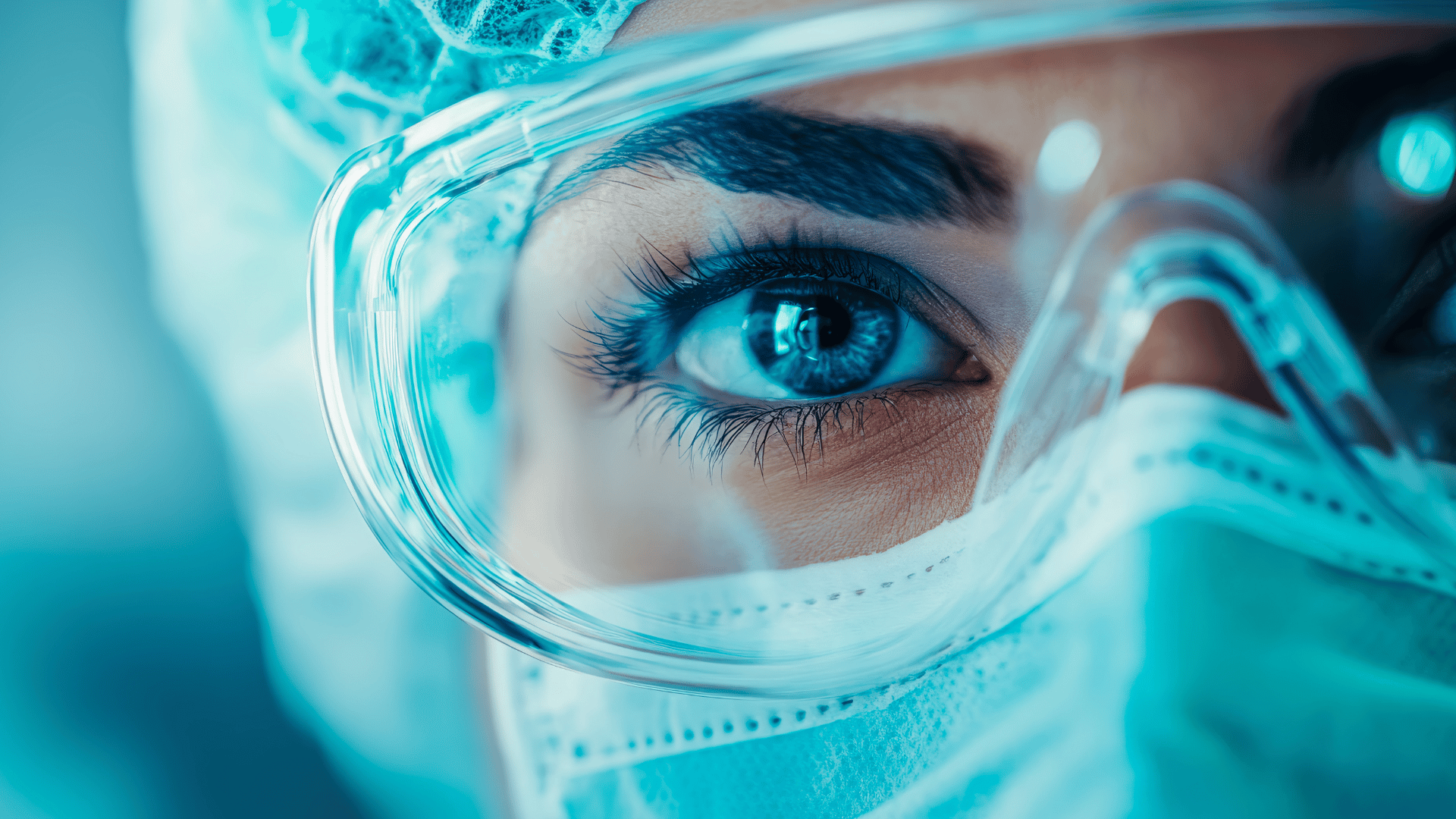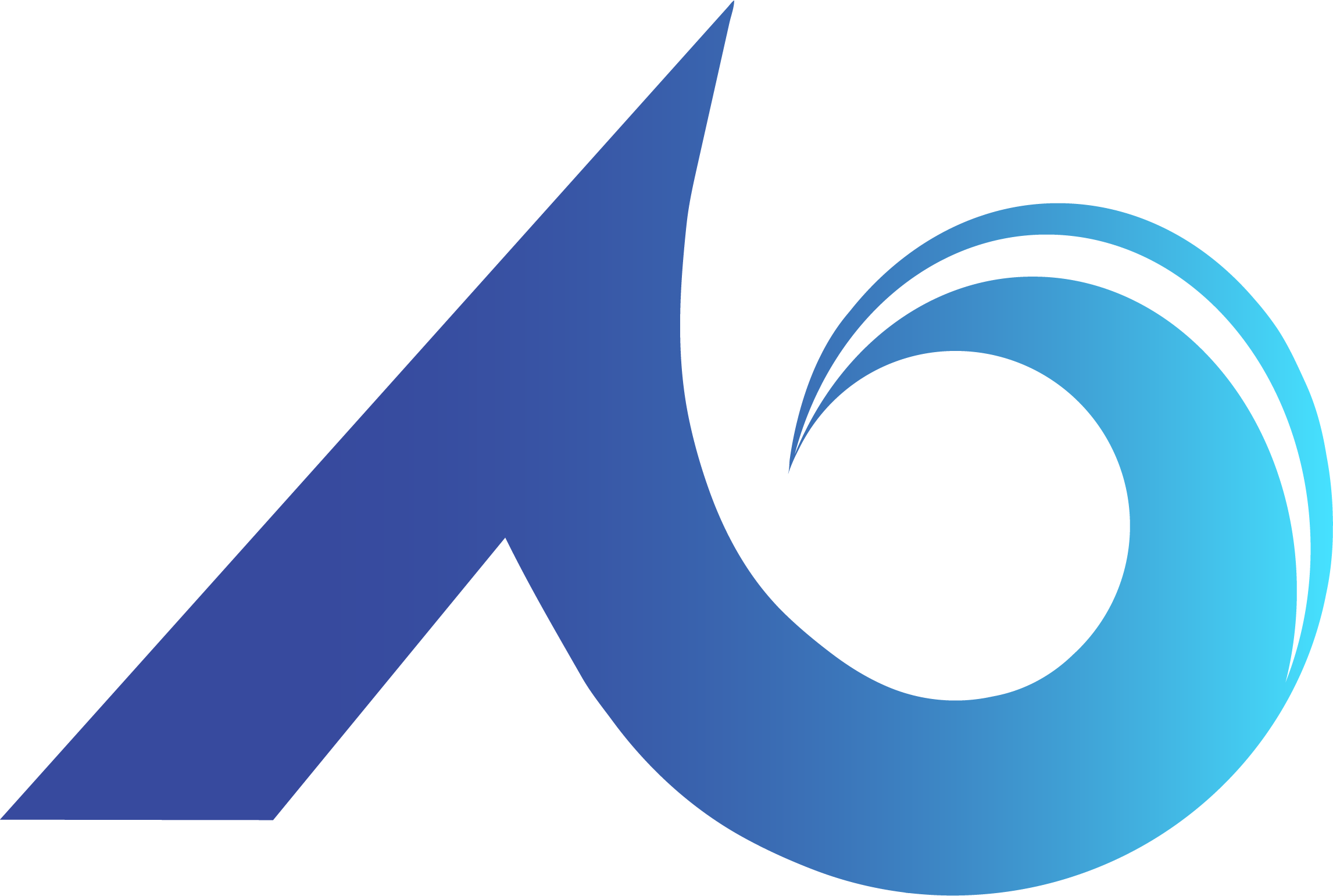How to Respond When… There’s a Chemical Splash to the Eyes

Your eyeballs are not optional equipment
Let’s get one thing straight: if your eyes take a chemical hit, it is not the time for casual problem-solving. There’s no shrugging it off, no “I’ll rinse it later,” and definitely no “it’s probably fine.”
When “just a splash” turns into an emergency, your response has to be instant. We’re talking seconds, not minutes. Because, unlike most workplace mistakes, this one is literally impossible to undo. You can reorder supplies, you can fix equipment, but you only get one set of eyes.
So here’s how to go from startled panic to smart action if chemicals come in contact with your eyes.
Straight to the eyewash station, go
There is no time to debate, no time to text your supervisor, no time to think about how ridiculous you might look sprinting. If chemicals splash into your eyes, you head straight to the eyewash station. Period.
Why the rush? Because the faster you flush, the less damage those chemicals can cause. According to OSHA, immediate flushing for at least 15 minutes is the critical first step in reducing eye injuries caused by chemical exposure.
Here’s what to remember in those 15 minutes that feel like 15 hours:
- Hold your eyes open. Yes, it burns, yes, it feels unnatural, but closing them traps the chemical inside.
- Roll your eyes around while flushing to make sure water reaches every corner.
- If you wear contacts, get them out immediately so water can reach your eye surface.
Fifteen minutes sounds long, but it’s not a suggestion. It’s the bare minimum. Those 900 seconds of discomfort could mean the difference between full recovery and permanent damage.
Know your chemical
Not all chemicals behave the same way, which means treatment doesn’t always look identical. That’s why knowing what you were exposed to matters.
If possible, have someone grab the Safety Data Sheet (SDS) for the chemical while you’re flushing. The SDS will provide crucial information for medical providers about the substance, its hazards, and recommended care.
Here’s what not to do:
- Do not try to neutralize the chemical on your own. Pouring one substance into your eye to counteract another is not DIY chemistry; it’s a recipe for more damage.
- Do not assume “if the pain fades, the danger’s gone.” Some chemicals can cause delayed injury, continuing to burn tissue even when the initial sting subsides.
Think of it this way: your job in the moment is to flush, flush, flush. Let medical professionals handle the science once they know exactly what chemical they’re dealing with.
Aftercare is not optional
Here’s a mistake that happens far too often: someone flushes their eyes, feels better, and decides to move on with their day. Bad idea.
Even if the pain fades, the damage may not be visible right away. Microscopic injuries, corneal burns, or long-term vision issues can develop after the fact. That’s why medical evaluation is non-negotiable.
After flushing:
- Seek immediate medical attention. If available, bring the SDS along with you.
- Document the incident according to your workplace reporting protocol. This isn’t just paperwork; it helps identify hazards and prevent repeat incidents.
- Follow up with occupational health or your physician as directed. Skipping checkups is like skipping chapters in a mystery novel; you’ll miss critical details.
If your eyes are at stake, there’s no such thing as being overly cautious.
Prevention isn’t rocket science
Now for the part we all wish would happen before emergencies occur: prevention.
Chemical eye injuries are preventable more often than they are inevitable. Here’s what makes the biggest difference:
- PPE checks: Safety goggles or face shields are only useful if they’re actually on your face and in good condition. Scratched, cracked, or foggy gear isn’t just annoying; it’s ineffective.
- Clear signage: Eyewash stations should be easy to spot and free of clutter. If you have to move boxes to reach it, you’ve already wasted precious time.
- Rinse drills: Yes, practice matters. Just like fire drills, knowing the path to the eyewash station and how to use it calmly under pressure can shave critical seconds off your response time.
Workplaces that treat prevention as a living habit, not a dusty manual, tend to avoid the emergencies that start with “I thought it would never happen to me.”
Why speed and training matter
Here’s the tough truth: the difference between a mild injury and permanent vision loss often comes down to how fast and how well the first two minutes are handled. That’s not an exaggeration. That’s physiology.
In fact, studies cited by the American National Standards Institute (ANSI) highlight that immediate flushing within seconds of a chemical splash drastically reduces the severity of injuries. And according to OSHA’s guidance on first aid, employers are required to provide suitable facilities for quick drenching or flushing of the eyes in areas where corrosive materials are used.
Translation: your workplace already recognizes the risk. The question is, are you ready to act when the clock starts ticking?
Practice Before the Panic
When chemicals are involved, speed isn’t optional. It’s survival. Our Chemical Hazards: Eye Washing and Emergency Showers course takes the guesswork out of those first critical minutes, so you’ll know exactly what to do before your vision is on the line. Because your eyes deserve more than “probably fine.”
Your eyes deserve better than “probably fine.”
If chemicals splash into your eyes, it’s not the time for toughing it out or pretending you’re fine. It’s the time for decisive, immediate action. Sprint to the eyewash, flush like your vision depends on it (because it does), get medical attention, and make sure the incident is properly reported.
The formula is simple: speed, flushing, knowledge, and follow-up. Prevention is the bonus round, the part that makes sure this scenario never becomes your reality in the first place.
Your eyeballs are not optional equipment. Treat them like the irreplaceable tools they are.
References
- Occupational Safety and Health Administration (OSHA) – Eye and Face Protection.
- Centers for Disease Control and Prevention (CDC) – Eye Safety Topics.
- Occupational Safety and Health Administration (OSHA) – Eye and Face Protection Standards.




